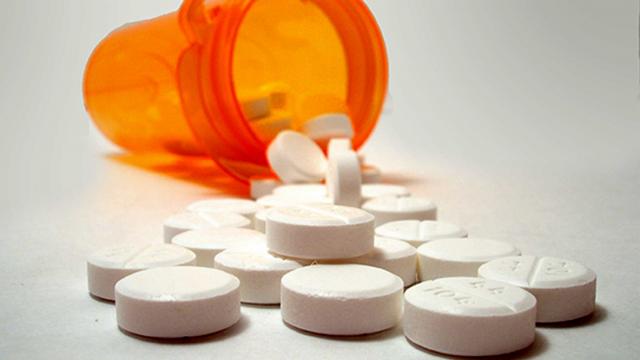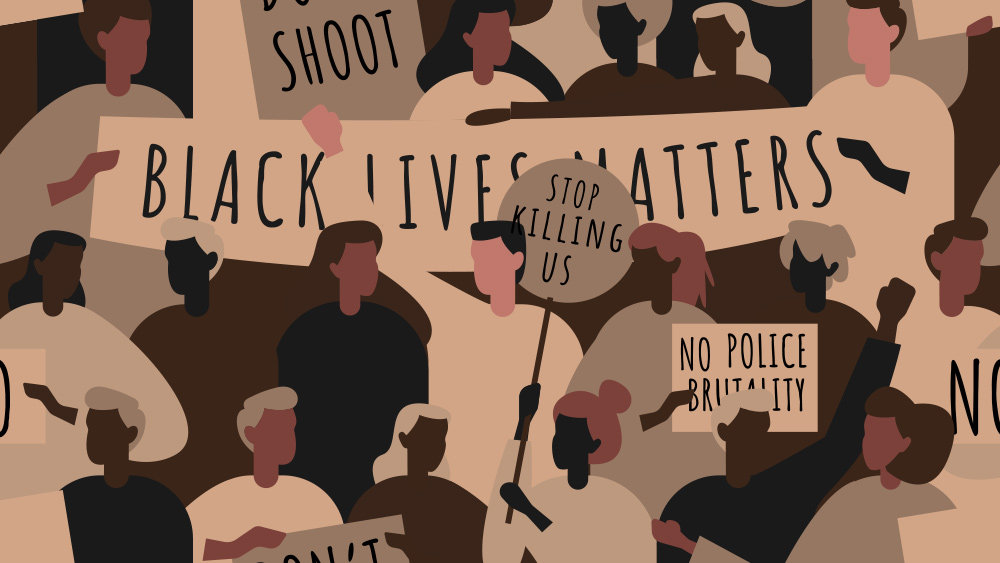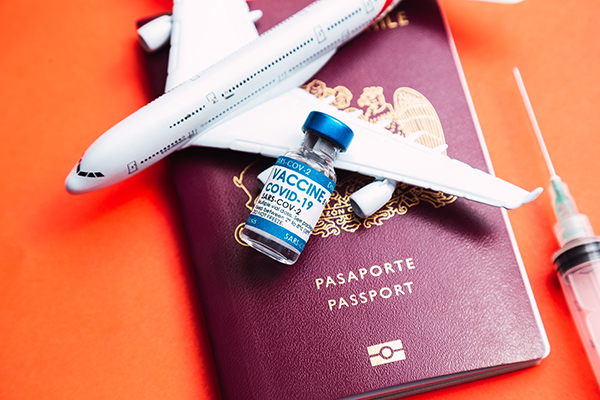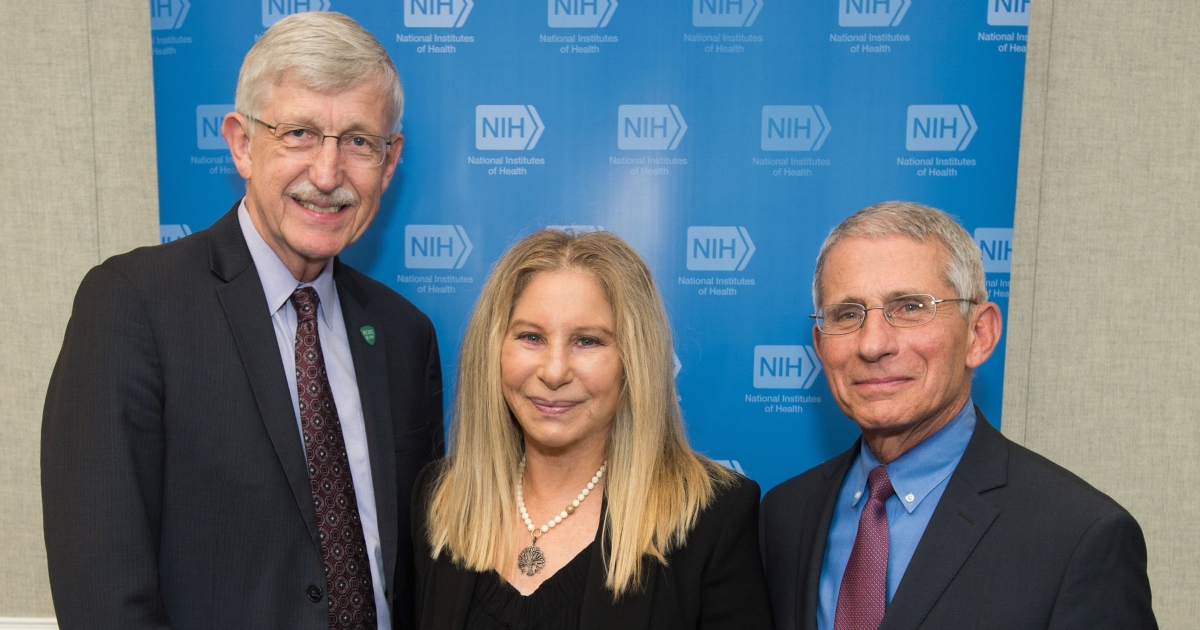
Opioid drugs are commonly prescribed to patients with chronic wounds as a routine treatment. However, the research team notes that the relationship between opioid drugs and chronic wounds is relatively poorly understood.
There has never been much evidence that opiates are useful in chronic pain management or for other conditions. Opioid painkillers have come under fire recently for their inefficacy and the huge risk of addiction that is associated with them. In 2016, CDC Director Thomas Frieden even spoke out about the dangers of opioids.
"We know of no other medication routinely used for a nonfatal condition that kills patients so frequently. We hope to see fewer deaths from opiates. That's the bottom line. These are really dangerous medications that carry the risk of addiction and death."
Frieden also commented that opioids aren't really effective after three days of use, and has said that in his opinion, prescribing these addictive drugs for more than seven days is "rarely necessary."
The new research from George Washington University is simply underscored by the CDC Director's statements, adding just another reason to avoid these dangerous drugs like the plague that they are.
The data tells all
The team of researchers conducted a longitudinal observational study featuring 450 participants. Data collection included gathering information on baseline characteristics, pain scores, longitudinal opioid exposure, and total wound surface area. The team looked at a number of different variables and discovered several different links between opioid use and wound healing.
For example, when using fixed-effects models, the research team found there was a statistically significant relationship between opioid exposure and wound size. As opioid exposure increased, so did the size of the wound.
The team also found that patients who did not take opioids experienced a substantially faster healing time than those who took opioids. Patients who were taking 10 milligrams or more of an opioid drug were the least likely to heal overall, particularly when compared to patients who took no opioids.
In their abstract, the research team writes, "In conclusion, opioid analgesics are commonly prescribed to patients with chronic wounds; however, the data presented suggest that opioid exposure is associated with reduced likelihood of healing in patients with chronic wounds."
Another, unrelated study also found that opioids are not as helpful as people tend to think they are.
A group of researchers, led by Dr. Francesca Beaudoin -- an assistant professor of emergency medicine at Brown University's Warren Alpert School of Medicine and an emergency room doctor at Rhode Island Hospital -- revealed that opioids are no more beneficial for car crash victims than regular old ibuprofen.
The team did their best to ensure that all of the cases analyzed for the study were similar, except for which pain reliever was prescribed. The team found that using opioids had little advantage over non-steroidal anti-inflammatory drugs. The risk of persistent pain remained approximately the same, regardless of what medication was used.
One thing the team did find was that patients who took opioids -- which are highly addictive -- were more likely to still be taking the drugs six weeks later. That finding alone should be cause for concern, don't you think?
Hopefully, as the evidence of the harmful nature of opioids continues to pile in, more people will begin to question the drugs they are being prescribed. It seems as if the sun is finally beginning to set on opioid painkillers. With any luck, there will be natural plant medicines on the horizon.
Sources include:
Please contact us for more information.





















